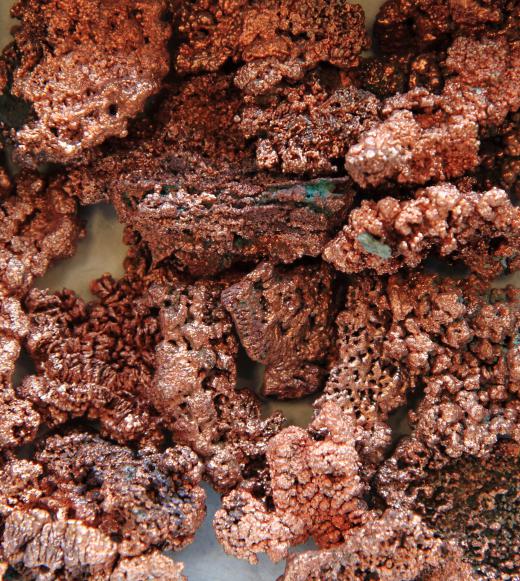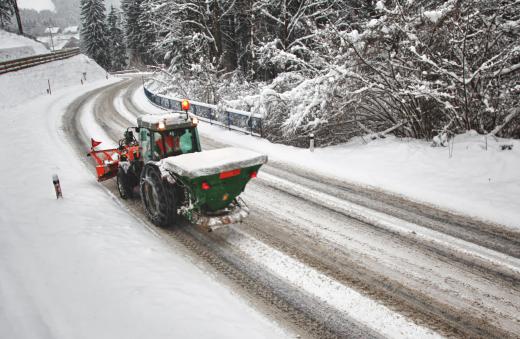The coarse material that remains after the processing of ore in a stamp mill is stamp sand. Traditionally it has been considered waste and discarded. In later years, as methods of processing the material improved, several projects were launched to reclaim deposits of stamp sand for new uses.
During the first years of metal production, stamp sand was usually deposited near the stamp mill. Most facilities were built on the shores of rivers and lakes so that they could use the water for steam power. Sometimes there would be so much sand dumped into the water that it would create new bodies of land.

One of the largest deposits of stamp sand is that from copper processing in Michigan. It is located in a region called Copper County. The stamp mills have produced so much material that the sand has been used for other purposes, such as covering icy roads in place of road salt.
There has been some concern that stamp sand deposits could pose a risk to the environment. This is because some of the trace heavy metals in the sand may contain hazardous elements such as arsenic. The level of risk depends upon the concentration of metals and the content. Not all of the deposits are necessarily dangerous.

Still, many dumping sites have been contained so that the stamp sand can be cleaned-up. Once the sand has been removed, it is typically replaced with clean dirt so that the land can be used for other purposes. If this is not done, the occupants of businesses and residences built over the deposits are likely at risk.
Stamp sand has also been reclaimed by many parties who wish to make further use of the material. This has become increasingly common as new methods have been developed to further process the sand. For example, sand from Michigan has been used to create roof shingles. This is a particularly useful application as copper fights the growth of moss and it is key element of the recovered sand.
There are several benefits to using sand from old deposits. In addition to being a source of material for other purposes, since it is recycled, it requires less production. Using the sand reduces the need to draw from other natural resources. It is also beneficial to the communities in which the deposits are located, as the piles of sand tend to be unsightly.
A stamp mill extracts valuable metallic elements from rocks by first stamping them. This is what creates stamp sand. The rest of the material is treated either physically or mechanically so that the metal can be extracted.
